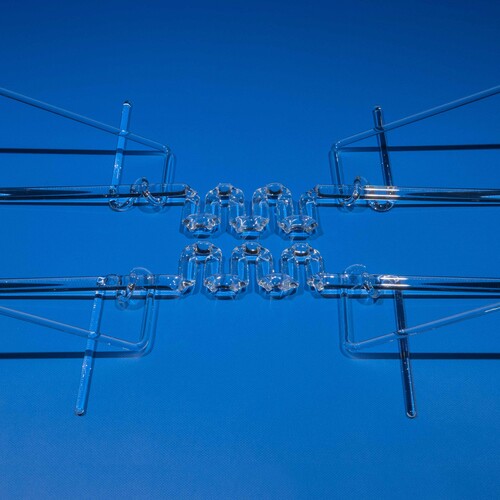Show results for
Deals
- 4K Ultra HD Sale
- Action Sale
- Alternative Rock Sale
- Anime sale
- Award Winners Sale
- Bear Family Sale
- Blu ray Sale
- Blues on Sale
- British Sale
- Classical Music Sale
- Comedy Music Sale
- Comedy Sale
- Country Sale
- Criterion Sale
- Electronic Music sale
- Fantasy Film and TV
- Folk Music Sale
- Hard Rock and Metal Sale
- Horror Sci fi Sale
- Jazz Sale
- Kids and Family Music sale
- Kids and Family Sale
- Metal Sale
- Music Video Sale
- Musicals on Sale
- Mystery Sale
- Naxos Label Sale
- Page to Screen Sale
- Paramount Sale
- Pop and Power Pop
- Rap and Hip Hop Sale
- Reggae Sale
- Rock and Pop Sale
- Rock Legends
- Soul Music Sale
- TV Sale
- TV Sale
- Vinyl on Sale
- War Films and Westerns on Sale

Hockets for Two Voices
- Format: LP
- Release Date: 11/15/2019

Hockets for Two Voices
- Format: LP
- Release Date: 11/15/2019
- Label: Cantaloupe
- UPC: 713746314927
- Item #: 2217641X
- Genre: Classical
- Release Date: 11/15/2019

Product Notes
The practice of hocketing is defined by splitting a single melody across multiple parts, often in surprising ways. While the form dates back as far as the Middle Ages, it is still found in musical traditions all over the world. Meara O'Reilly has written and recorded a series of hockets based on principles of perception, drawing both from cognitive research as well as historical practice. Each piece in the series explores a variety of conditions under which the listener might involuntarily fuse sequences of notes into melodic patterns, despite differing sound sources. In the entire work, there are never more than two notes occurring at one time, although it may often seem like there are many more. In the field of music cognition, this is also referred to as pseudo-polyphony, or melodic fission - a concept that first came to O'Reilly's attention through researcher Albert Bregman's work on Auditory Scene Analysis, and O'Reilly's own experiments with auditory perception while in residence at the Exploratorium in San Francisco. O'Reilly initially wrote the pieces on a computer in an attempt to push specific boundaries of what it was possible for the human voice to sing. She then taught herself to sing both parts, creating an uncanny valley in the resulting recording. The music currently exists solely as a recorded work, but it's also intended to be sung live by two performers, or by a solo performer with electronics.

